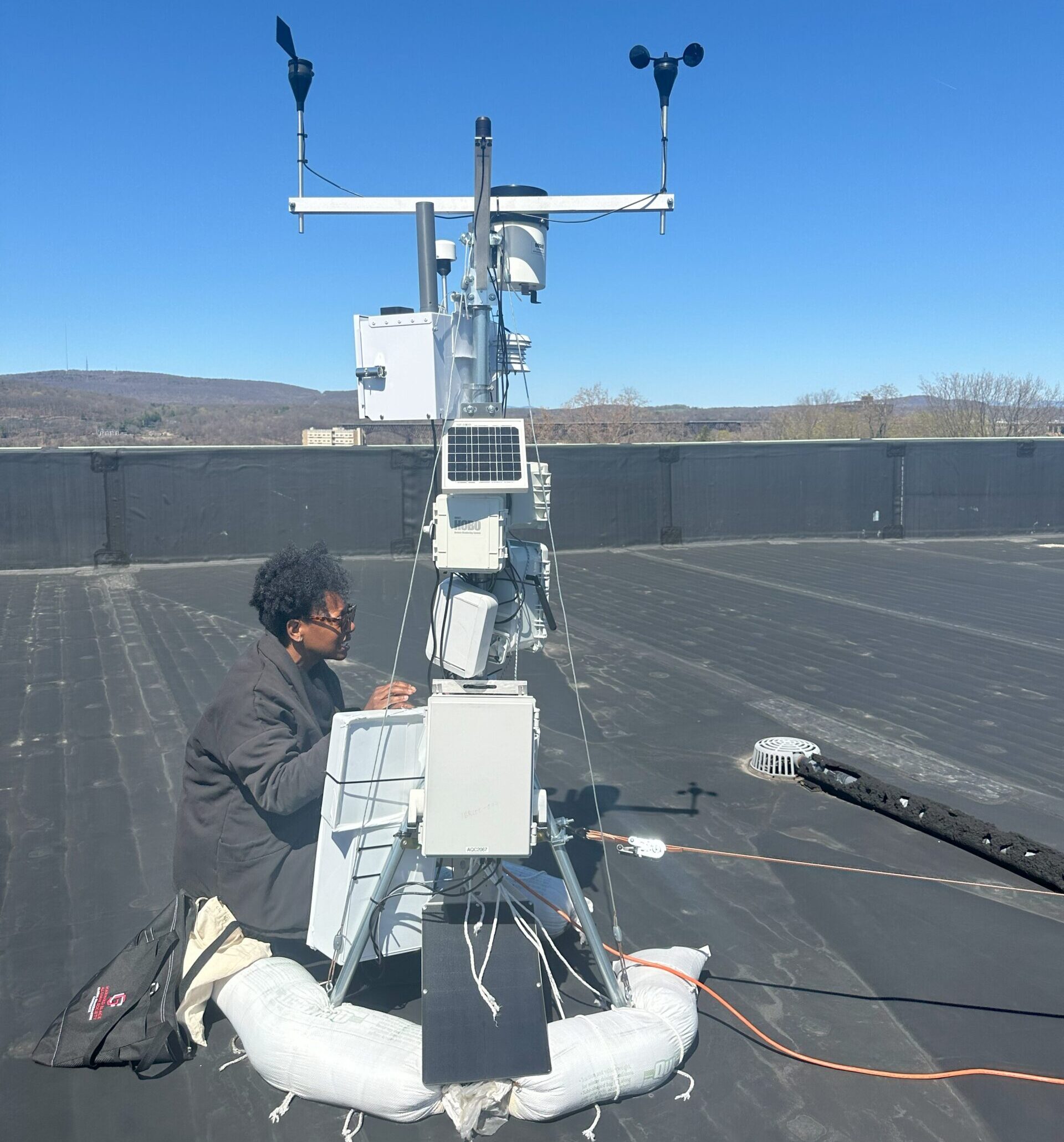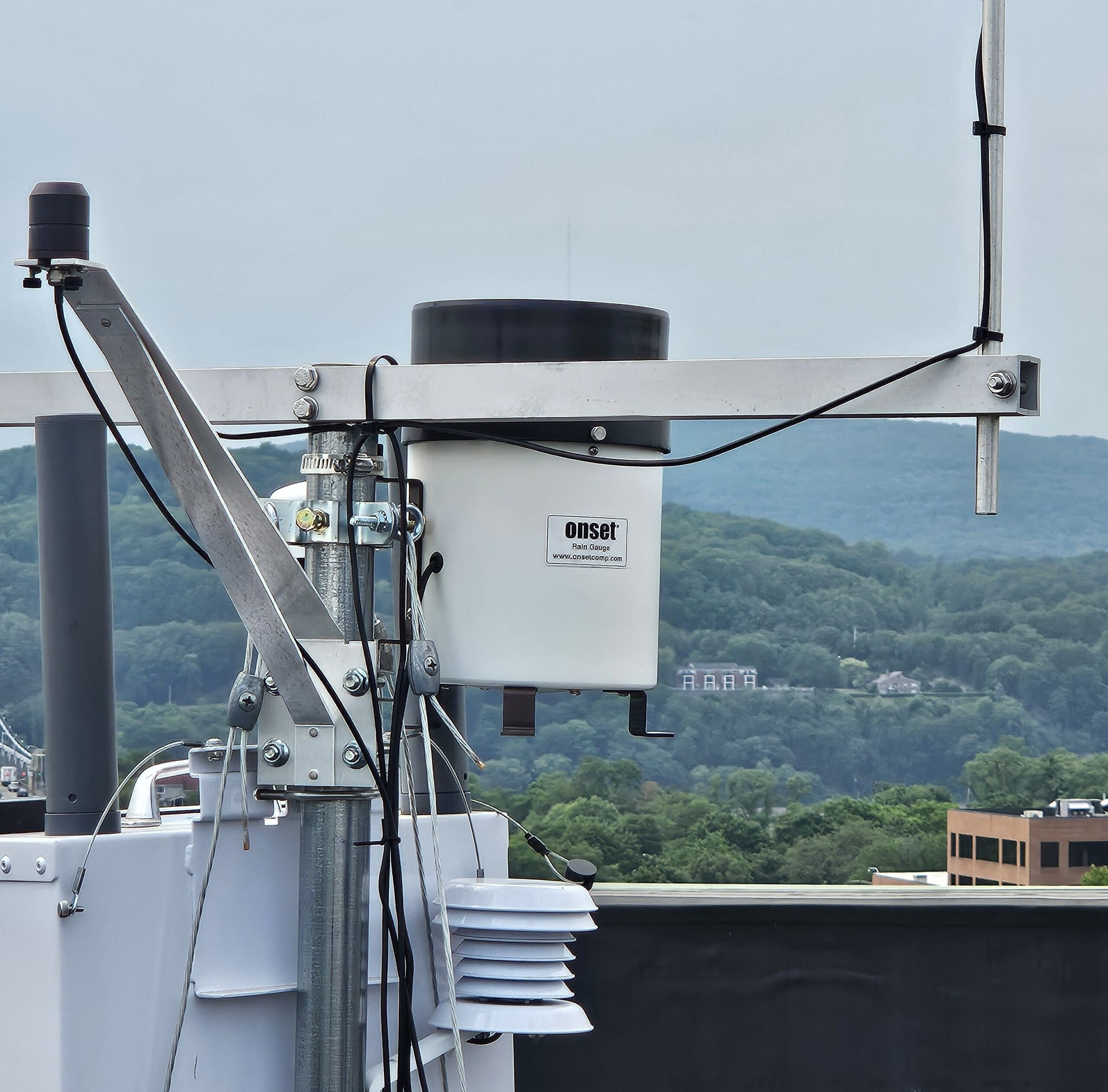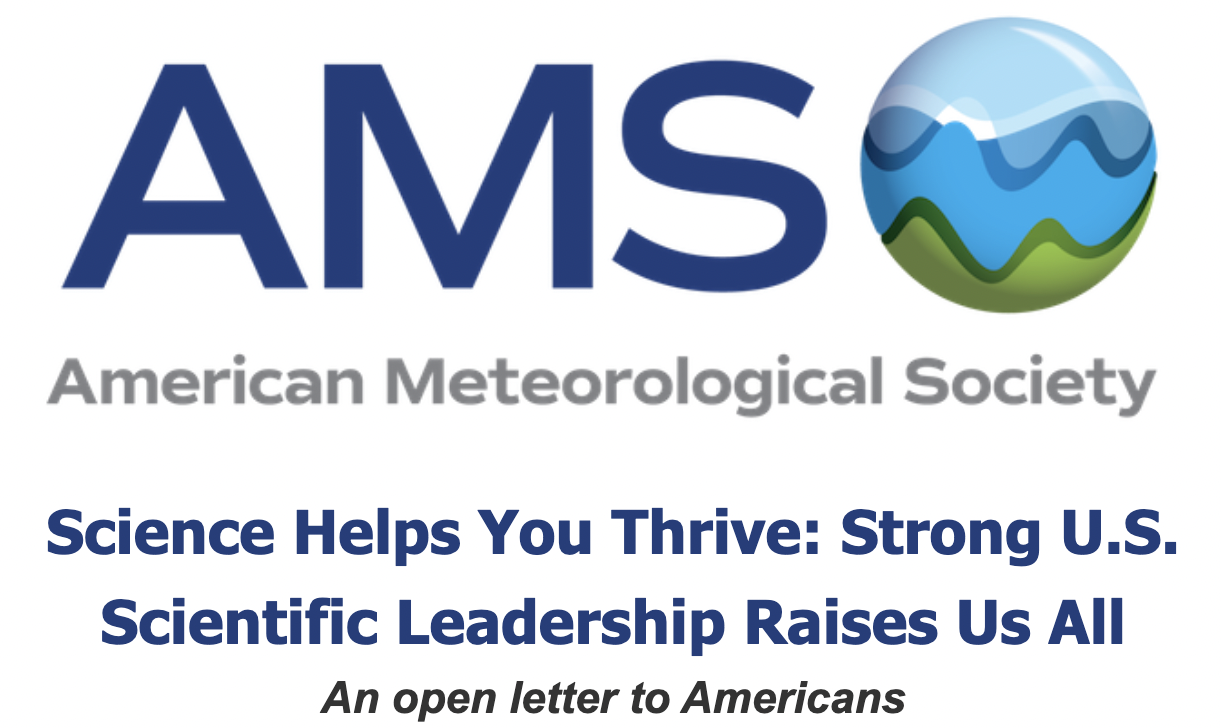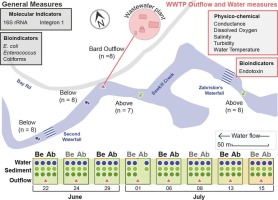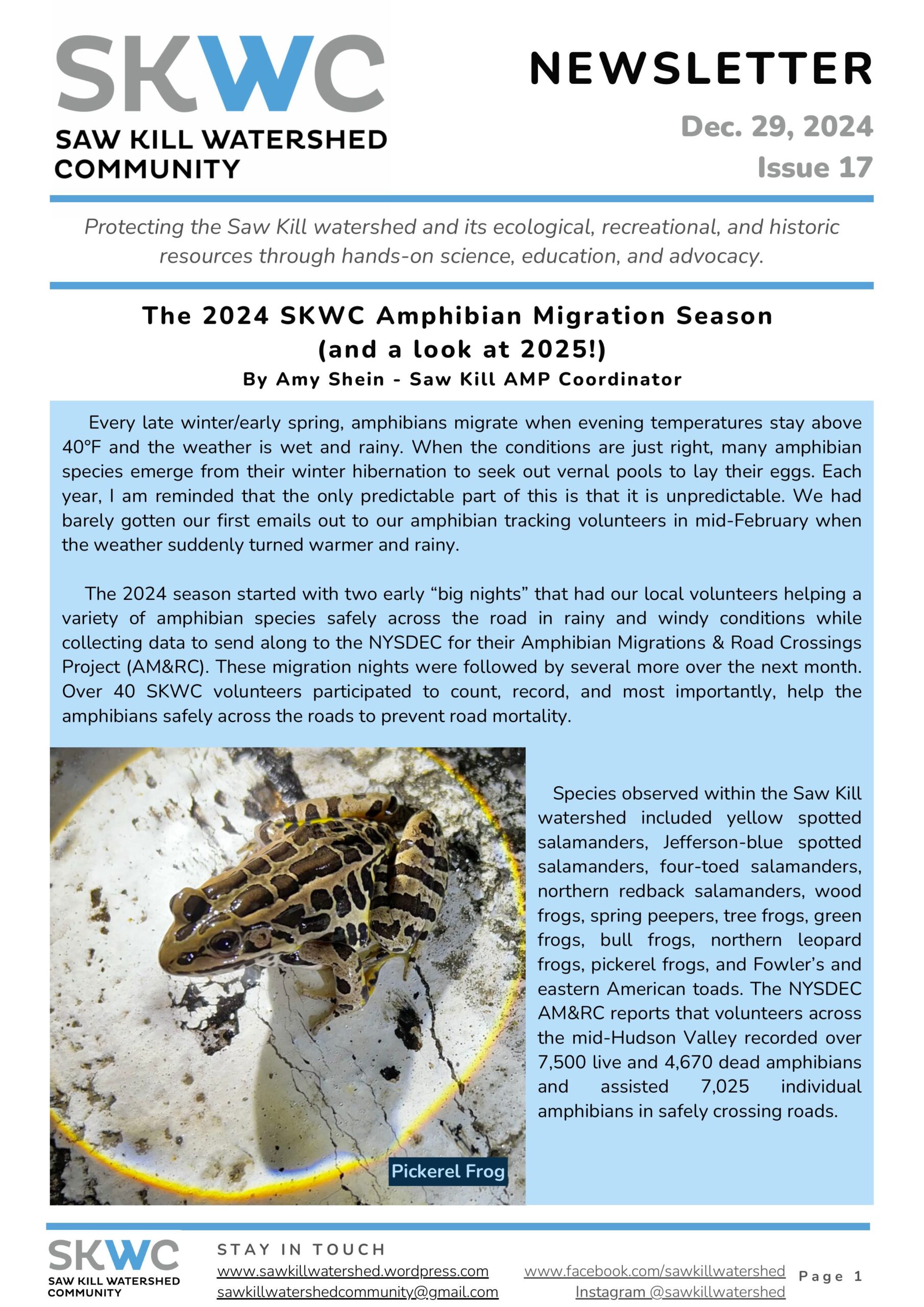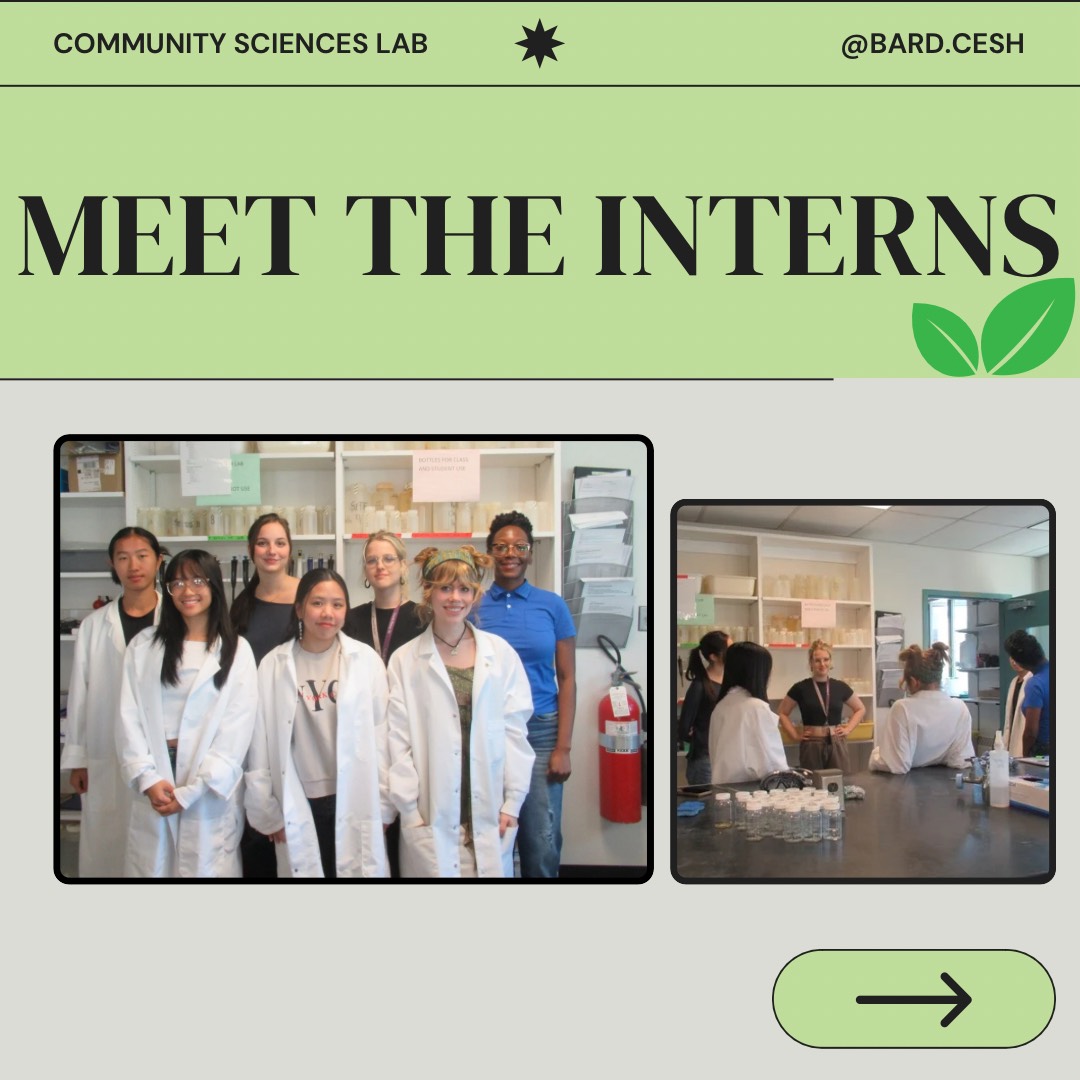A documented harmful algal bloom of the cyanobacteria Microcystis occurred in the Wallkill River in late August 2016. Microcystis is considered a harmful algae because it produces toxins that are harmful to many species, including humans and domestic animals. These toxins, when produced in large quantities during a bloom, can be potent enough to kill animals that drink & swim in the water, and can pervade irrigation water supplies & drinking water supplies if not filtered adequately.
In mid August 2022, another harmful algal bloom was visually documented on the Wallkill, and a group of community scientists, including the Community Sciences Lab, Riverkeeper, and Cary IES convened and pooled resources to collect samples and run analyses during & following the bloom event. We successfully identified the bloom as Microcystis, the same as occurred in 2016 at almost exactly the same time of year.
HABs are well documented all over the world, with most being attributed to anthropogenic nutrient inputs into watersheds, that can tip the scales in favor of these algae & bacteria populations. There is concern that similar anthropogenic inputs, combined with drought and heat are triggering HABs in the Hudson Valley.
We hope these efforts by community scientists will help to encourage more education and understanding of HABs in the Hudson Valley, and the importance of management of human infrastructure around watersheds. Check out our findings so far!
Findings:
****We’ve been monitoring endotoxin levels at these sites using our Endosafe PTS, and have observed a potential correlation between visual bloom indicators and endotoxin counts. This assay has potential to be a rapid toxicity assessment to identify the presence of elevated toxin levels associated with HAB events.
****Using our Flowcam, we’ve been able to produce microscopic images of the planktonic populations present at these sites during the bloom event. Check out the different forms of microcystis, and how the macro-visual indicators compare!
****Students at Bard will continue to use this data to develop future experiments & studies to further our understanding of how the Hudson Valley can continue to use community science as a way to observe and analyze events like these.
If you suspect HAB conditions in your local community, please either:
- reach out to us at [email protected]
- reach out to the DEC at [email protected]
- fill out a HAB report form at this link: HAB report form



